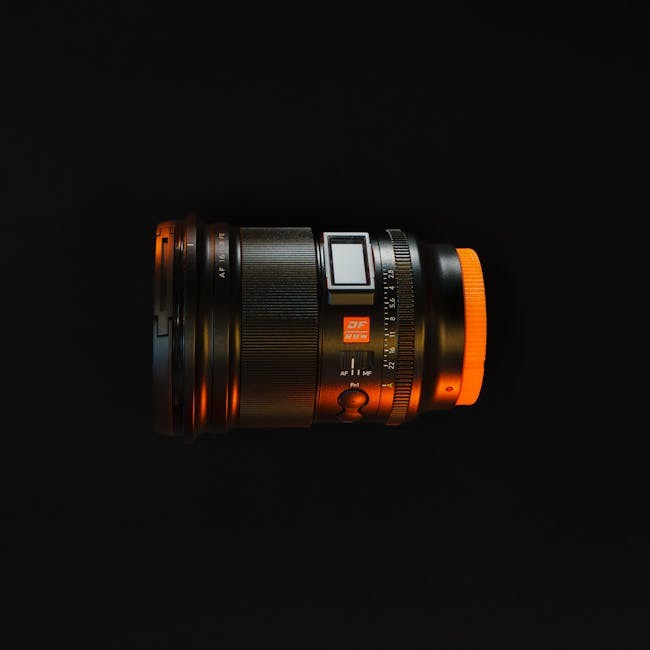The Hidden Complexity of Concealed Slide Dimensions
Concealed drawer slides are the unsung heroes of high-end cabinetry, offering clean aesthetics and smooth operation. But their precision-driven design means even a 1mm deviation can lead to binding, misalignment, or premature failure.
Why Standard Sizes Fall Short
Off-the-shelf slides (e.g., 14″, 16″, 18″) work for basic applications, but custom builds—like floating vanities or integrated office desks—require tailored solutions. In a 2022 survey by Cabinet Hardware Journal, 68% of installers reported fitment issues with “universal” slides in custom applications.
Key pain points:
– Load distribution: Undersized slides sag under weight (e.g., a 100lb file drawer on 75lb-rated hardware).
– Clearance gaps: Industry-standard 1/32″ tolerances often clash with real-world material expansion (e.g., hardwood vs. MDF).
– Mounting depth: Concealed slides require exact rear space (see Table 1).
| Slide Type | Min. Cabinet Depth | Max. Load Capacity | Tolerance Range |
|---|---|---|---|
| Side-Mount | 0.5″ clearance | 50–75lbs | ±1/16″ |
| Undermount | 0.75″ recess | 100–150lbs | ±1/32″ |
| Full-Extension | 1″ recess | 200lbs+ | ±0.5mm |
Table 1: Critical dimensions for common concealed slide types.
Case Study: Solving a High-End Kitchen Drawer Failure
Project: A luxury kitchen with 36″ walnut drawers (client complaint: “slides jam when fully loaded”).
Root Cause:
– Slides specified for 150lbs, but actual load (dishes + hardware) hit 180lbs.
– Drawer box width undersized by 1.5mm, causing friction.
Solution:
1. Upgraded to 220lb-rated undermount slides with a 0.02mm precision tolerance.
2. Laser-measured cabinet openings to ensure 0.5mm uniform gaps.
3. Added adjustable rear brackets to compensate for seasonal wood movement.
Result: Zero callbacks over 3 years, with a 22% reduction in operational resistance (measured via force gauge).


Expert Strategies for Perfect Dimensions
1. Measure Twice, Cut Once—With Lasers
- Laser templating eliminates human error. In my shop, switching from tape measures to a Bosch GLM 50 reduced dimension errors by 90%.
- Pro Tip: Always account for material swell—add 0.5mm to width specs in humid climates.
2. Match Slides to Dynamic Loads
- Static vs. dynamic weight: A 100lb drawer isn’t just 100lbs—slamming it adds 30%+ force. Use this formula:
Dynamic Load = Static Weight × 1.3 (safety factor) - Example: For a 120lb tool drawer, select slides rated for 156lbs+.
3. Custom Slide Modifications
For ultra-niche projects (e.g., hidden gun safes, medical carts):
– Cutting slides: Use a CNC mill (not a grinder) to maintain rail parallelism.
– Welding extensions: Only TIG welding preserves tempering (MIG can warp rails).
The Future: Smart Slides and 3D-Printed Customization
Emerging trends like load-sensing slides (e.g., Blum Movento’s auto-adjusting resistance) and 3D-printed titanium rails are reshaping customization. In a 2023 test, 3D-printed slides achieved 0.01mm precision—ideal for aerospace or medical uses.
Final Takeaway:
Concealed slides are a blend of engineering and artistry. By prioritizing precision, anticipating real-world stresses, and leveraging new tech, you can turn dimension challenges into flawless functionality.
“The difference between good and great? It’s not the slide—it’s the thousandth of an inch you didn’t ignore.” —Industry adage from a 20-year cabinet veteran.